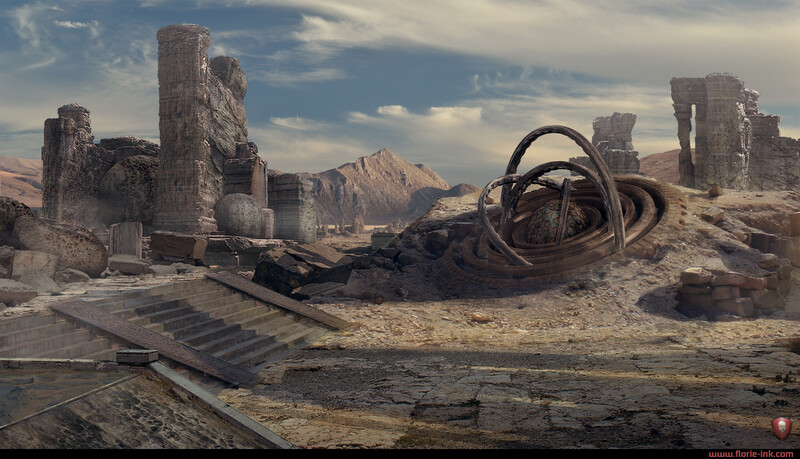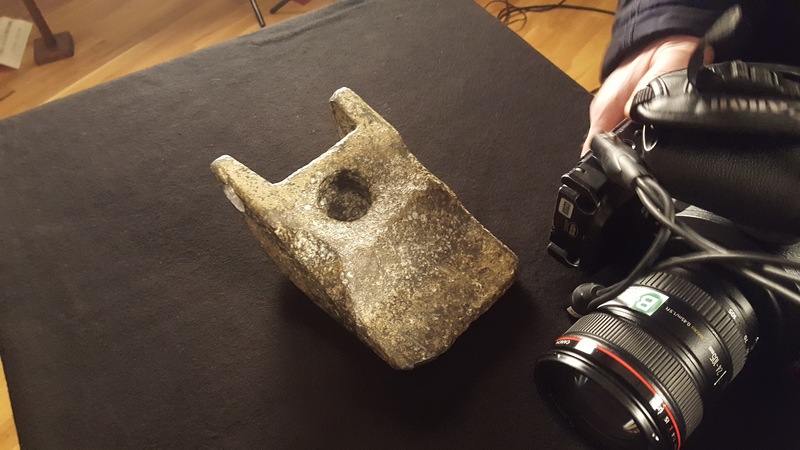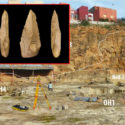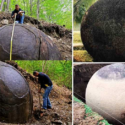New Evidence Of Even More Ancient Advanced Cvilizations
Sometimes scientists discover unusual objects believed to be the property of other societies.
Many indicators indicate that advanced people appeared on Earth long before us and could achieve what we have only recently.

But why are we so convinced that artifacts belong to a civilization that existed before humans?
Whose these artifacts are these?
When it took humans to achieve “civilization,” other civilizations could develop and progress.
Archaeologists have found strange objects that don’t belong to humans; the finds were far ahead of their time. How did they appear?
A few differences in “not ours” discoveries don’t fit into the typical timeline. “Out of place” artifacts are those that are “out of place” in their surroundings.
Consider the interesting Antikythera mechanism, which has been around 2,000 years old. They used it to determine the position of the sun, moon, and planets to each other. What is the evidence for the existence of other planets? This means that the time cultures were knowledgeable enough to discover and develop such a complex system.
In the middle of the twentieth century, archaeologists uncovered a hammer in Texas. This object was at least 100 million years old after additional research. It was made of an antique stone, and the handle was initially fashioned of wood, but it turned to coal over time. The 500,000-year-old spark plug was equally perplexing.

Something from a fantastic place.
Not all scientists and archaeologists agree that there was no civilization on Earth before humanity appeared. Everything in the scientific world is separated into two groups, and the dispute is still going on. Discoveries that no one has been able to explain fuel more to the fire.
The Ayud artifact unearthed in Romania is one of the most interesting ones, and although it was discovered in 1974, there is still no clear explanation for its discovery. Researchers found this piece of metal among the bones of long-extinct mastodons at a depth of 10 meters. This relic is similar to an ax without a handle and weighs over 2 kgs. It turns out to be a complex aluminum alloy.
Because of its age, the discovery is unusual and does not merge with people in any way. Aluminum was first discovered in the mid-19th century. Consequently, the only version represents a technologically advanced society.
Of course, the assumption is that changes in the Earth’s crust are sudden and abrupt and that as a result of these changes, a hammer could be at a depth of 1 km or any other depth! A typical analysis would give the result “millions of years.”
The rapid sinking of the Earth’s crust (about a kilometer) would create an icy environment, which might rapidly freeze not only mammoths but even the air! (Which, if correct, would account for permafrost below 800 meters!) This explains why mining and geological disruptions occur and many consequences.
Some of the discoveries may hold the key to understanding the existence of civilizations before man.
When we comprehend that man is the perfect being in the world and that the monarch of creation is a myth, everything will become clear. The modern man could be the apex of an evolutionary stage.



